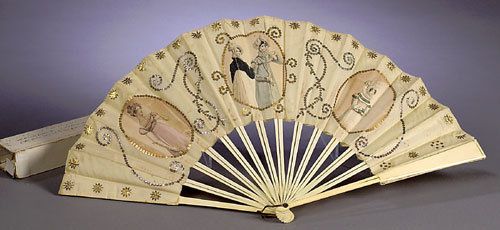#World #Antique #Ivory #WorthPoint
In this article, WorthPoint presents an in-depth look at the current regulations regarding buying and selling ivory items in the European Union and the United Kingdom. From Japanese swords to musical instrument accessories, here’s the latest on the ivory trade. Read up on the current ivory restrictions in the United States here.
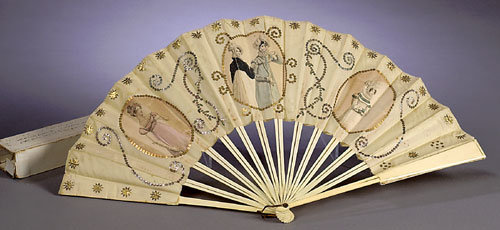
Despite stringent laws imposed nearly a decade ago, antique raw ivory and worked ivory are still being imported and exported, generating headlines in the art world press and beyond. Less than a year ago, ivory initially seized decades ago still emerged in raids, and auction houses and international retailers faced six-figure fines for illegal ivory trafficking.
My recent blog, “Antique Elephant Ivory: Treasure Or Trouble?” addressed the loopholes and pitfalls for Americans buying and selling antique ivory, mainly within the US. As Americans are not the only ones in the antique ivory market, I wanted to show how our international counterparts—specifically those in the UK and EU—face the issue and the different points these buyers and sellers should know to stay on the right side of the law.
What’s OK in the UK?
In the United Kingdom, importing or exporting an item made all or partly of elephant ivory is illegal without first registering or certifying the item as exempt and completing the necessary forms. In early spring of 2023, the UK’s Department for Environment, Food & Rural Affairs and the Animal and Plant Health Agency issued clear-cut exemption guidelines for doing so. To qualify, items must be either a musical instrument made before 1975 with less than 20 percent ivory by volume or an object made before March 3, 1947, comprising less than 10 percent ivory. Objects with a higher proportion of ivory may qualify for registration if made before 1918 and can be identified as “being of outstandingly high artistic, cultural or historical value.” Watercolor on ivory portrait miniatures older than 1918 with a visible surface area of less than 49 square inches (320 centimeters) might also cut the mustard for registration.
When these guidelines were published in the art and antiques press, 5,388 objects or portrait miniatures had been registered under the “de minimis” restrictions, and only 91 items had been approved as historically significant items.
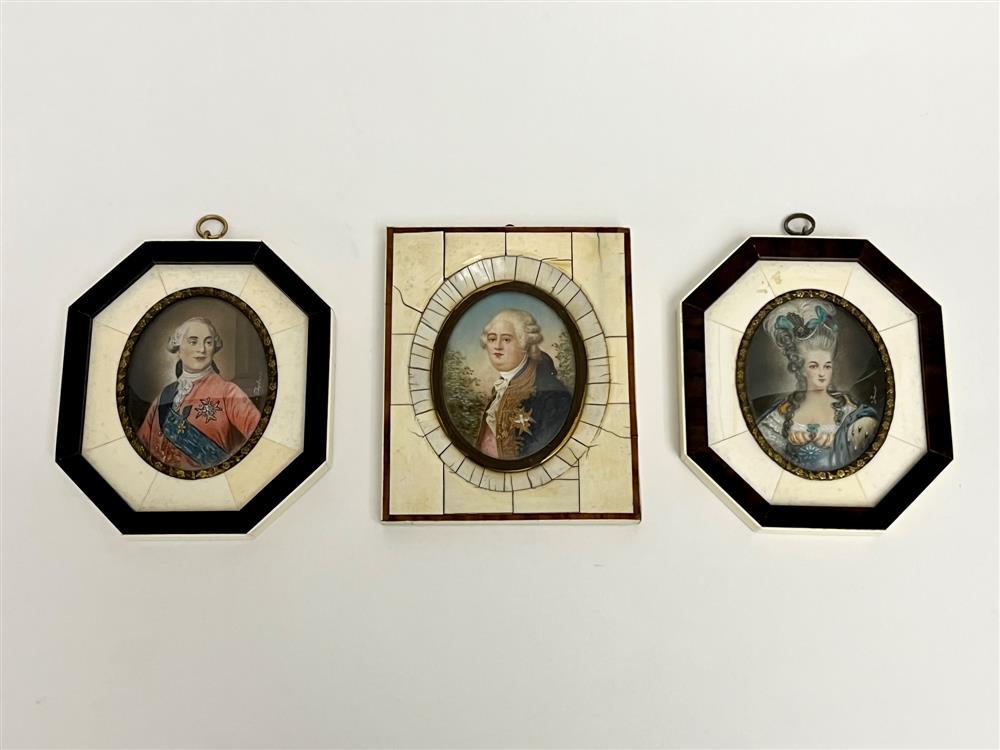
How Good Is Great?
The item must be demonstrably rare to qualify for the “historically significant” criteria. It must also be of high artistic or aesthetic quality, have significance or noteworthy provenance, be geographically significant, or be considered a national treasure. The process for qualifying is expensive—£250, which is non-refundable even if the item is not determined to meet the criteria. It is also extensive, requiring a detailed description and clear photos of the item and documentation supporting the owner’s petition. Finally, an assessor will consult an expert at one of a small number of prescribed museums.
Though the hurdles to obtaining “historically significant” status are arduous, the payoff may be worth it. One need look only at a suite of ivory seating furniture made in India in the late 18th century that sold at Christie’s in July 2022 for an eye-popping £3,762,000.
Of course, removing the antique ivory is one workaround to the laws but one that will almost certainly devalue the object. For example, the £935,000 sale in 1991 of a George III mahogany and ebony commode—made by Thomas Chippendale for Sir Rowland Winn—is such a cautionary tale. When Christie’s London tried to sell it in 2018, the ivory had been stripped and replaced with synthetic “ivorine.” Despite its impressive £3,000,000–5,000,000 estimate, the commode did not sell.
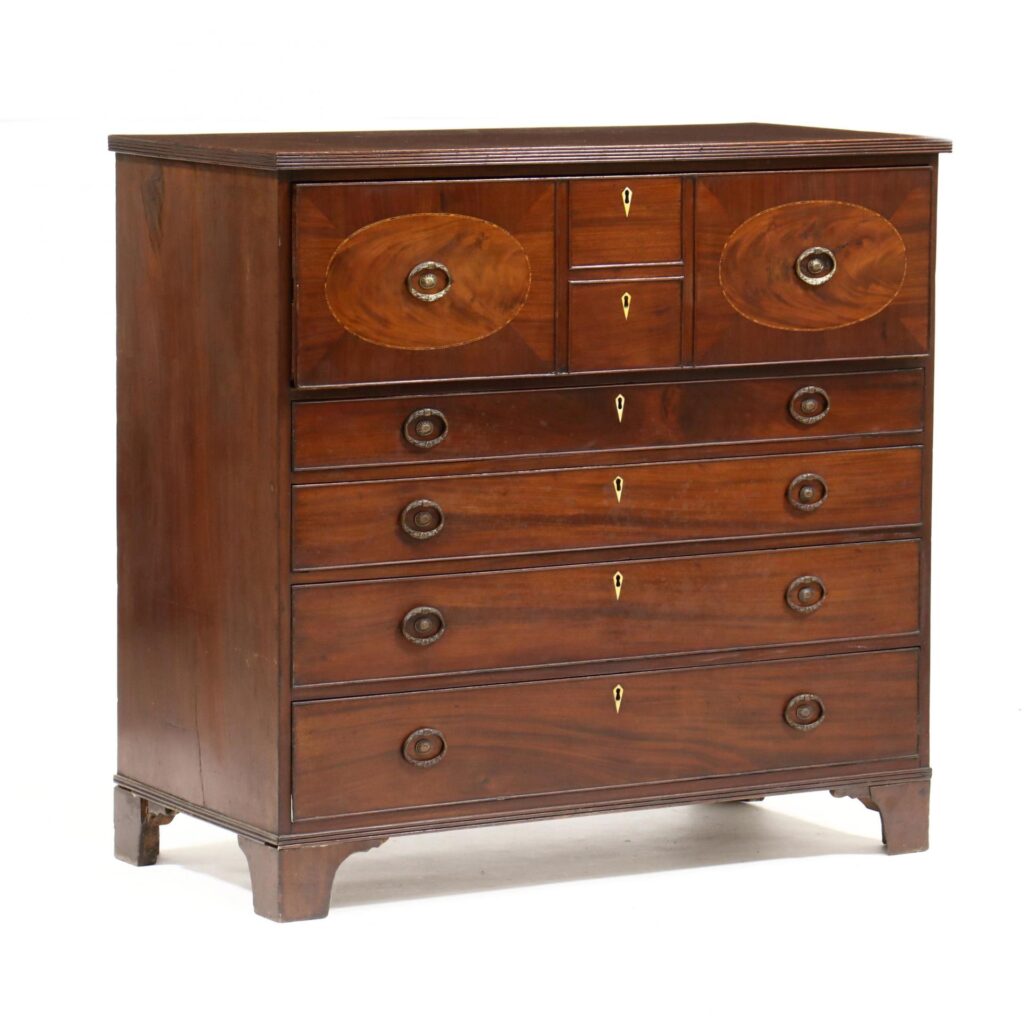
Narrowing Markets Abroad
The European Union comprises Austria, Belgium, Bulgaria, Croatia, the Republic of Cyprus, the Czech Republic, Denmark, Estonia, Finland, France, Germany, Greece, Hungary, Ireland, Italy, Latvia, Lithuania, Luxembourg, Malta, Netherlands, Poland, Portugal, Romania, Slovakia, Slovenia, Spain, and Sweden. These countries largely follow EU guidelines but may implement tighter restrictions individually, so if you are considering buying or selling within or to those countries, check the local guidelines.
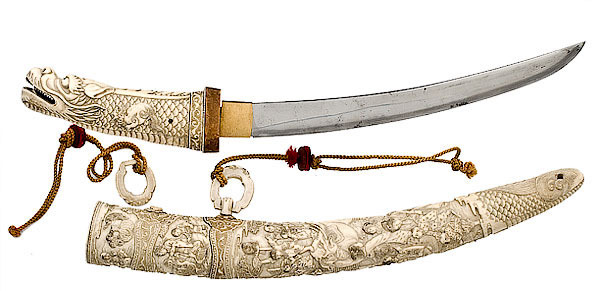
In 2016, the EU announced that raw ivory sourced before 1975 could be exported, and raw ivory obtained before 1947 could be imported. But, as of January 18, 2022, the EU banned all commercial imports and exports, with very few exemptions. One such permits raw ivory to be acquired for repairing objects with antique ivory. Raw ivory in a museum loan or part of a relocating household is also exempt, as are ivory objects used for law enforcement or scientific purposes.
Stringent and narrow guidelines also cover worked ivory. To be sold legally within or between EU member states, musical instruments with worked ivory parts must be made before 1975. The only antiques that can be sold are those made wholly or in part of ivory made before 1947, which must be considered “of high cultural, artistic, or historical importance” and can only be sold to museums. Repairs to either must have been made before 1975. In short, collectors or dealers are left out of the market entirely.
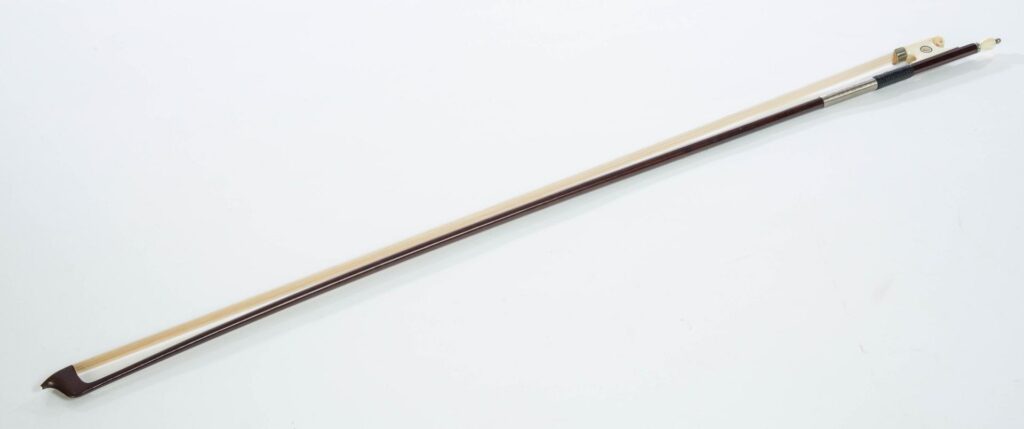
As in the UK, the process for documenting objects that are pre-1947 antiques or pre-1975 musical instruments is extensive; it may not be worth taking the trouble unless you have an institution in mind who will buy them.
Will the Ivory Ban Last?
The original purpose of the ivory bans was so that endangered species were not killed off. Happily, herds have rebounded to the extent that several African countries have proposed reconsidering the ivory ban. But it’s currently unknown if that would relax current restrictions on buying and selling antique ivory.
Madelia Hickman Ring has worked in the arts and antiques world for nearly 30 years. She has a particular passion for following art market trends, but when she’s off duty, she enjoys paddleboarding, cooking, and binge-watching Netflix.
WorthPoint—Discover. Value. Preserve.

